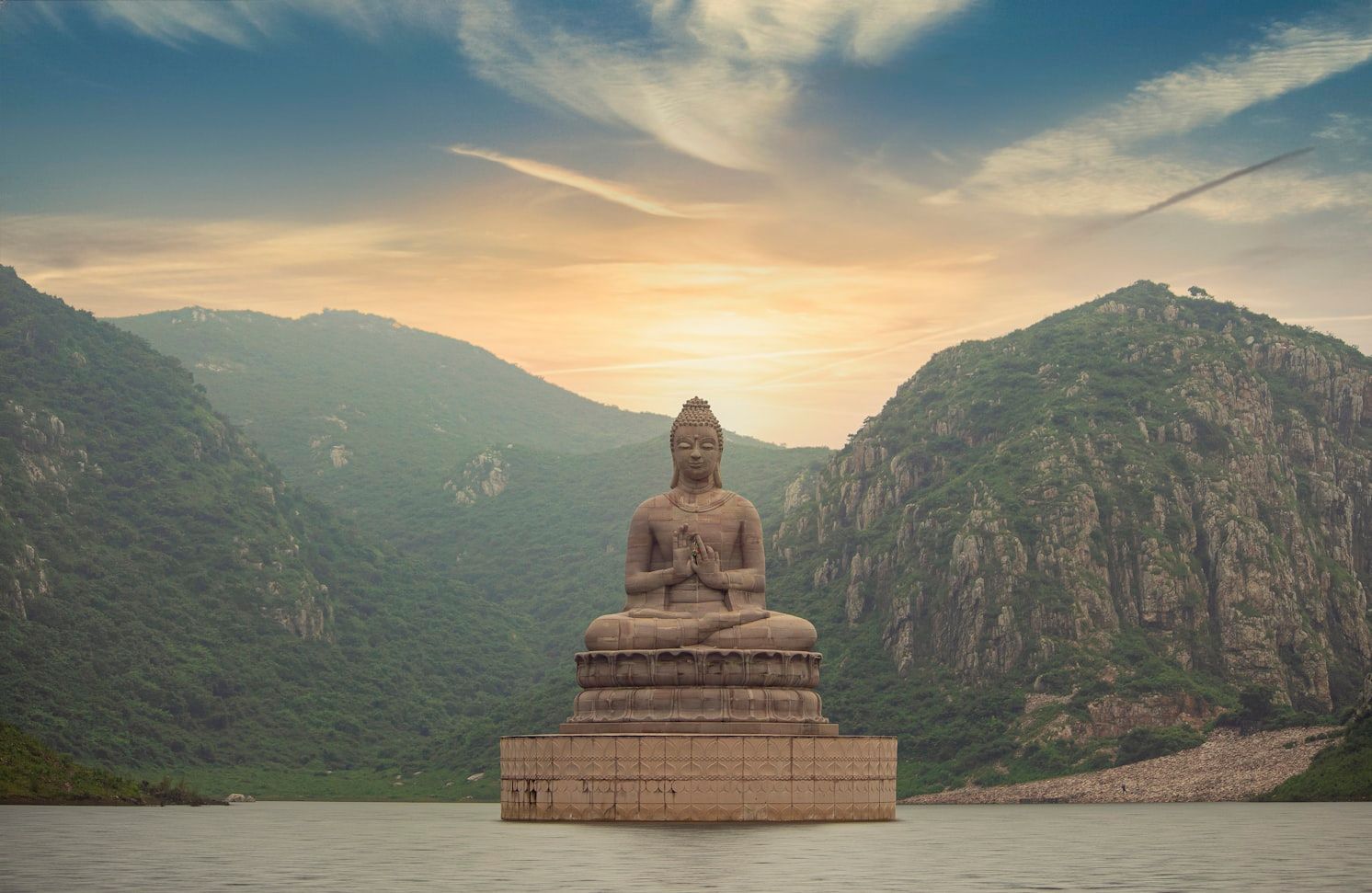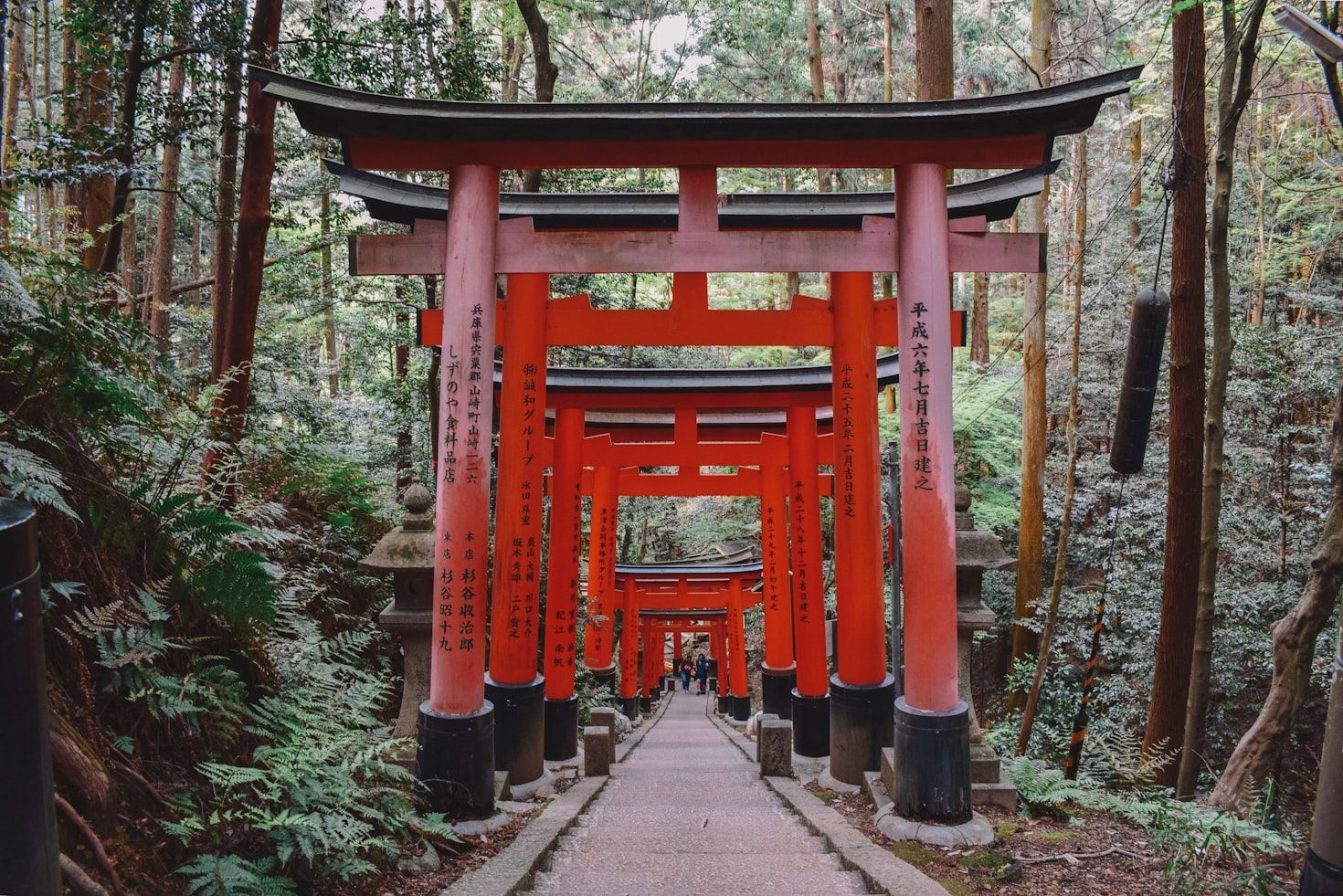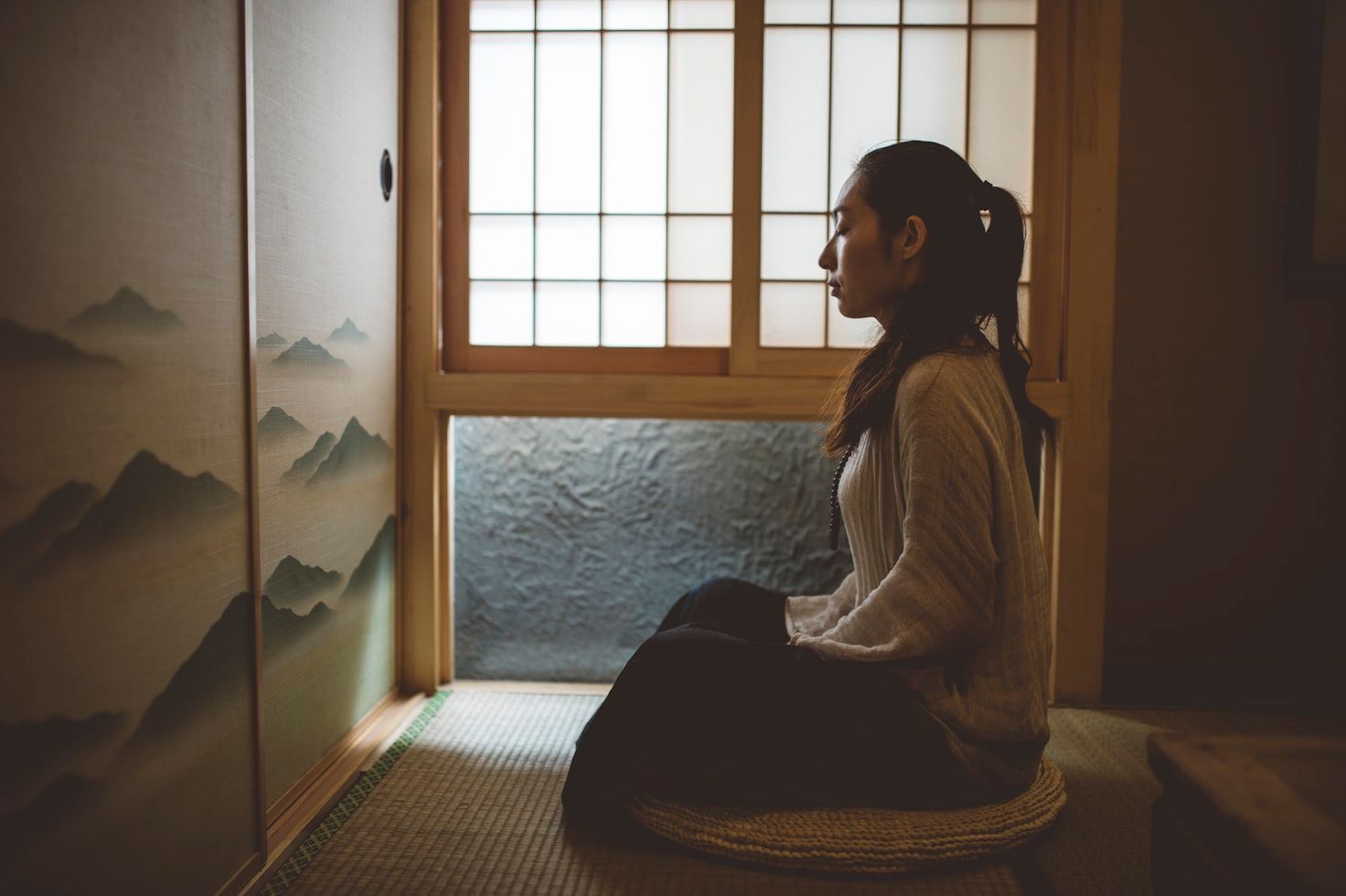A sign of belonging
11 religious customs unique in the world
Published on July 23, 2025
 Credit: CHUTTERSNAP
Credit: CHUTTERSNAP
There are thousands of religions around the world, each following unique beliefs and customs. Some practices arise from the cultures associated with a particular faith, others from traditions shaped by historical events, and some can work as a way of showing adherence to a certain religion.
While some practices and beliefs may be shared among different religions, some are distinctive to a particular group. In this article, we will explore 11 customs and traditions that are unique to a religious group.
Sikhism: Uncut hair and turban
 Credit: sandeep gill
Credit: sandeep gill
Sikhism is a religion that originated in the late 15th century in the Punjab region of India. Nowadays, it is estimated that around 30 million people around the world follow the Sikh faith.
As instructed by Guru Gobind Singh, Sikhs uphold five distinctive symbols of their faith, known as the Five Ks. One of these symbols is Kesh, or uncut hair, which Sikh men traditionally cover with a turban. This commandment also applies to facial hair. Sikh women tend to leave their uncut hair down, but some choose to wear a turban or other forms of head covering.
Orthodox Christianity: right-to-left sign of the cross
 Credit: Julia Tsukurova
Credit: Julia Tsukurova
The sign of the cross, also known as signing oneself, is a Christian practice that dates back to at least the 3rd century and signifies the belief in the Holy Trinity. It is performed by touching the forehead, then the chest, and finally both shoulders.
While Catholics and other Christian denominations also use the sign of the cross, Orthodox churches are the main religious group to be identified by this practice performing it from right to left (touching the right shoulder first) and using three fingers to represent the Trinity.
Buddhism: Anatta (no-soul)
 Credit: abhijeet gourav
Credit: abhijeet gourav
Buddhism stands out for its lack of certain concepts that most Western people would come to expect from a major religion. One of these is the idea of a soul or a permanent, unchanging essence within a person. Instead, the focus is on the cycle of death and rebirth (samsara) and the interconnection of all things.
For Buddhists, nothing is isolated. Everything is part of a big system that’s interconnected, and clinging to the notion of a fixed self leads to suffering and disappointment. Letting go of attachments is a way to transcend suffering and move toward enlightenment (nirvana).
Catholics: no meat on Fridays
 Credit: Eiliv Aceron
Credit: Eiliv Aceron
Fridays are a special day in the Catholic tradition because they commemorate the day Christ died. This makes it a day of reflection, penance, and sacrifice, as a way to share the hardships and troubles Christ suffered. One common form of penance is by abstaining from eating meat.
Traditionally, not sacrificing an animal to eat was a way to highlight Christ’s death as the major sacrifice on Fridays. Because meat was once the foundation of most diets, giving it up was seen as a meaningful act of self-denial. This tradition only applies to warm-blooded animals, and everything that lives in water is permitted, which sometimes led to people eating beavers and capybaras on Good Friday.
Protestant Denominations: Iconoclasm
 Credit: Matt Meilner
Credit: Matt Meilner
Religious images are an important topic in all Christian denominations. Some use it as a way of honoring God and remember the saints, while others feel that they can lead to improper veneration, and most Protestant denominations fall into the second category: they believe that it violates the biblical commandment against idolatry.
In following this custom, they prefer not to have images or overtly ornate churches, not only to avoid giving material things the reverence owed only to God, but also as a way to avoid distractions.
Hinduism: the longest wedding ritual
 Credit: Jayesh Jalodara
Credit: Jayesh Jalodara
Weddings are joyous occasions across all cultures and religions, but Hindu weddings are on a different level. They are known for being colorful, ornate, and filled with dances, good food, and music. But this is not just a cultural trait: the wedding ritual is also ornate and intricate, and is one of the longest wedding rituals in the world.
While Hindu wedding customs vary widely by region, language, and community, they all share a common spiritual foundation. Most include at least three main rituals, each with its own traditions and associated ceremonies, making Hindu weddings multi-day events, often lasting a minimum of three days.
Islam: eating with the right hand
 Credit: Masjid MABA
Credit: Masjid MABA
Many cultures and religions designate a specific hand for certain activities, such as eating or drinking, as a way to promote cleanliness. In Islamic tradition, the right hand is considered the appropriate hand for such acts, not only for reasons of hygiene but also for spiritual and symbolic significance.
Many Muslim scholars reference the right hand is associated with purity and blessing, while the left is considered impure and reserved for tasks related to personal hygiene. Some traditions also believe that the devil eats with the ‘impure’ hand, so they recommend using the right hand so as not to imitate him.
Shinto: no doctrine or scripture
 Credit: Dave Weatherall
Credit: Dave Weatherall
Shinto is a nature-based religion with centuries of history, practiced primarily in Japan. It venerates multiple deities, known as kami, which are believed to inhabit natural landscapes, forces of nature, and various aspects of life. By venerating them in their shrines, Shinto followers aim to cultivate harmonious relationships with these deities.
Unlike many other religions, Shinto does not have a central scripture or formal doctrine that dictates how it should be practiced. There is a strong focus on rituals and traditions, which are deeply ingrained in Japanese society and its customs. This means that there are multiple variations of Shinto practice, depending on the region, its history, and its customs.
Judaism: breaking a glass
 Credit: engin akyurt
Credit: engin akyurt
Judaism is an ethnoreligion, meaning its religious beliefs are closely intertwined with cultural identity, even for Jews who may not consider themselves religious. One enduring tradition is the breaking of a glass by the groom during the wedding ceremony, a custom observed even by many secular Jews.
The breaking of the glass is traditionally understood as a remembrance of the destruction of the Temple in Jerusalem and the hardships that followed. But why such a sad memento on a joyful occasion? To remind us that life has its ups and downs, and joy is always mixed with sorrow.
Taoism: Inner smile
 Credit: Ricko Pan
Credit: Ricko Pan
Taoism (also known as Daoism) is both a religion and a philosophy stemming from ancient China, but with influences in many Asian societies. It emphasizes harmony with the universe and its energy (Tao or Dao), and has many practices related to meditation and spiritual cultivation.
The Inner Smile is one of these customs. By smiling inwardly, followers of Tao aim to cultivate a sense of gratitude and love for their bodies and, through this connection, release negative energy and promote well-being.
Mormons: No coffee or tea
 Credit: Anushka Sharma
Credit: Anushka Sharma
The Church of Jesus Christ of Latter-day Saints (commonly known as the LDS Church or Mormon Church) observes several dietary guidelines, one of which is the avoidance of coffee and tea. But where does this custom originate?
The Word of Wisdom (a section of LDS scripture) outlines health-related guidelines, including the prohibition of certain substances. Among these, "hot drinks" are forbidden. Traditionally, this has been interpreted to mean hot coffee and tea (excluding herbal teas). For many members, this has extended to avoiding caffeine altogether, though interpretations vary. Some believe that chilled coffee and tea are permissible, while others consume alternative caffeinated beverages, such as soda.










